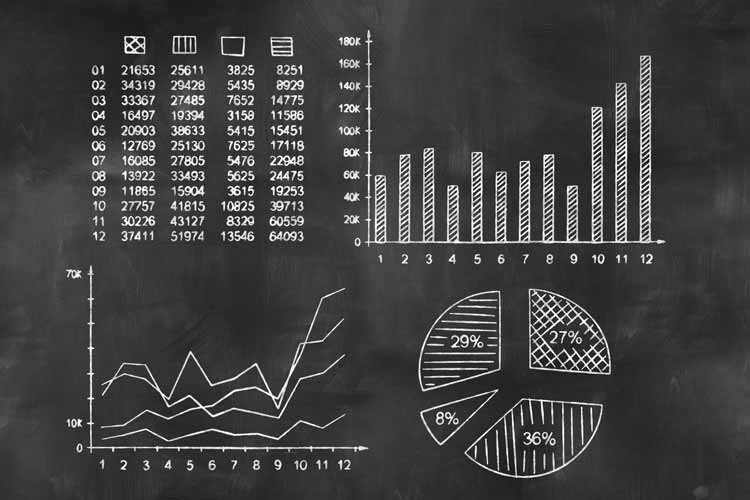
Examining how the SPX and SPCY perform after major pullbacks
The large-cap S&P 500 Index (SPX) just suffered its biggest pullback since February, falling nearly 7% from its high. It was even worse for small-cap stocks, which had been leading this year. The S&P SmallCap 600 Index (SPCY) fell more than 12% from its highest point. After yesterday’s price action, it’s possible that we’ve seen the bottom. If this is in fact the bottom, does the small-cap vs. big-cap behavior tell us anything about which one to own to make more money? My gut says to buy the one that pulls back more, but let’s take a look at the numbers.

Data From Past Pullbacks
Going back to the mid-1990s, when the S&P 600 started trading, I found times where the SPCY or the SPX fell at least 10% from an all-time high. Doing this, I get nine pullbacks, shown in the table below. I bolded the pullbacks that look similar to the current one. In each of those instances, the small-cap S&P 600 fell by at least 12%, and the large-cap S&P 500 fell less than 8%.

These first two tables look at how the indexes performed following these pullbacks. The returns are extremely bullish, but that’s by design. I deliberately found the dates where the pullback had bottomed, and this analysis assumes we’re at a bottom. Using these general pullbacks, the returns of the two indexes are extremely similar, especially in the longer term.

Identifying Similar Pullbacks
Here are the returns after those bolded dates, the pullbacks resembling the recent one. In these instances, the short-term returns favor the small caps. The S&P 600 outperformed the S&P 500 each time in the one- and three-month time frame. In the most recent similar pullback, in October of 2014, the small-cap index outperformed in the longer-term time frame, as well. After the two pullbacks of the late 1990s, the large caps were better long-term buys than the small caps.

The analysis above suggests small caps are more likely to outperform in the short term. For a longer-term holding period, it was less conclusive. It’s only three data points, however, and it’s working on the assumption that the bottom has already happened.